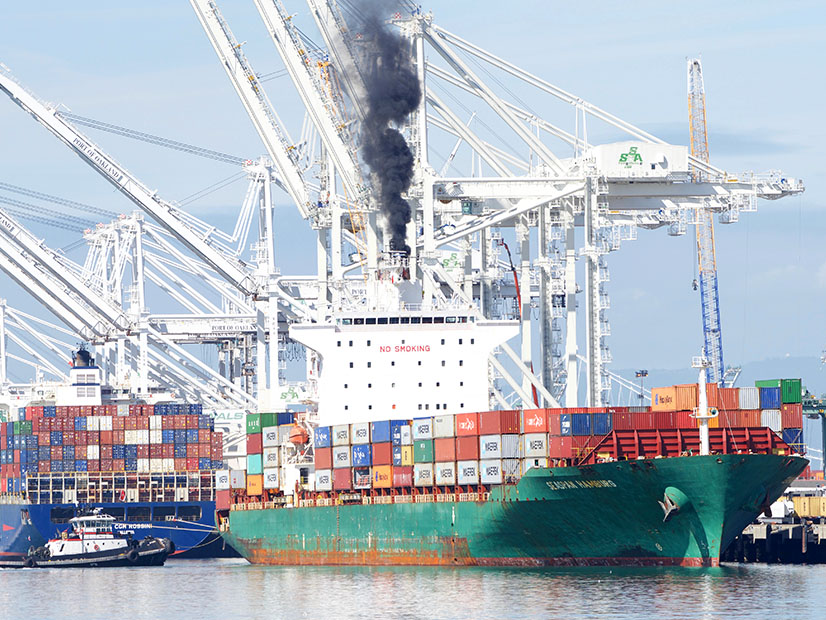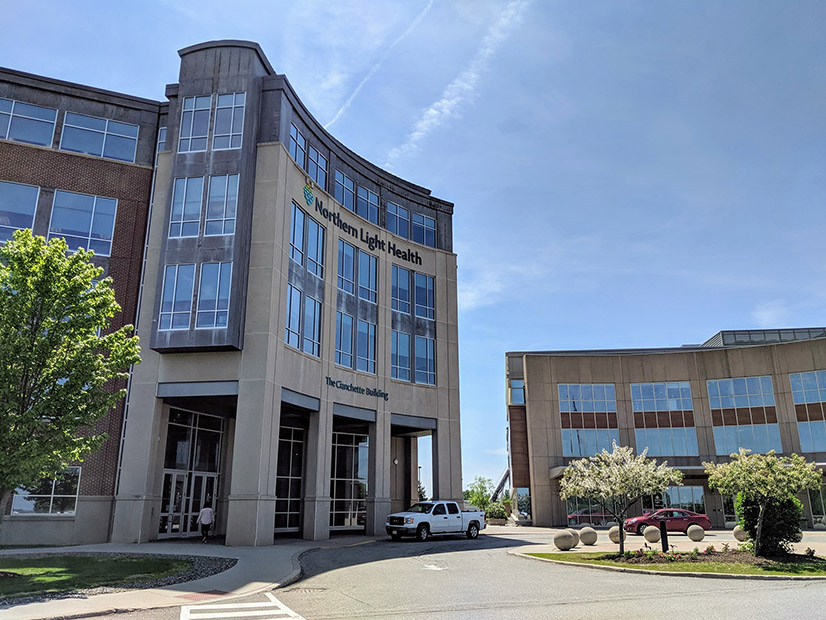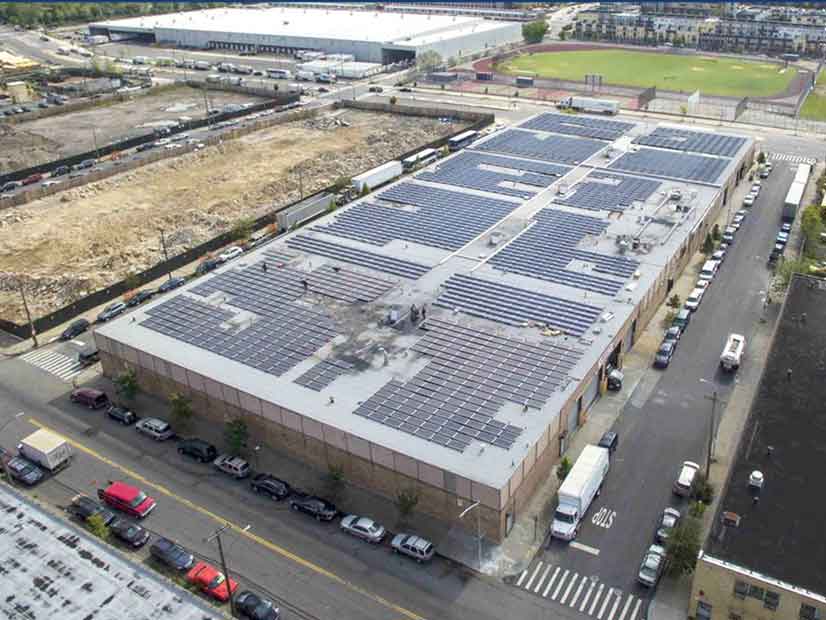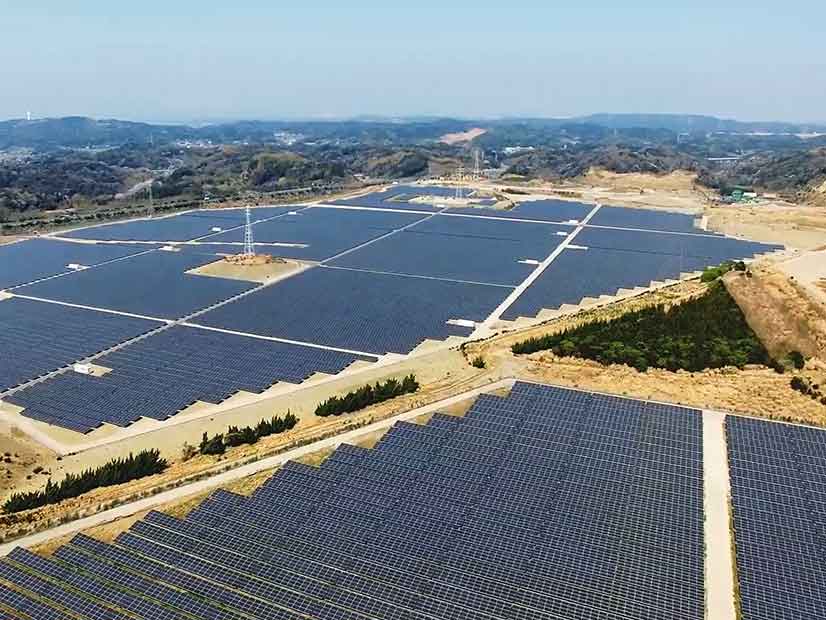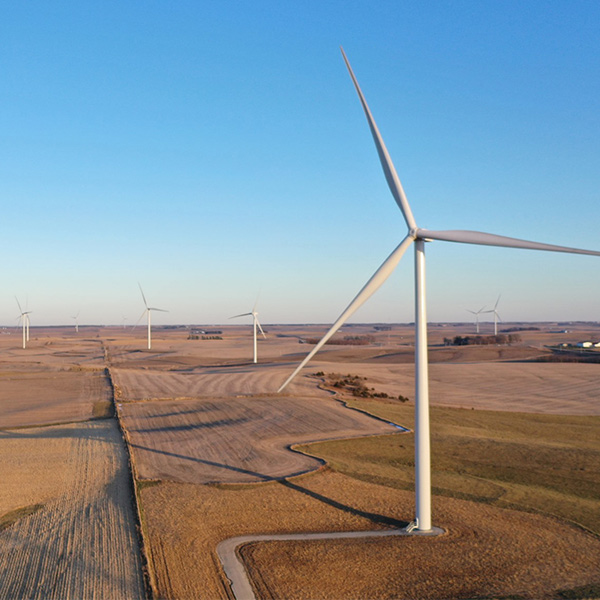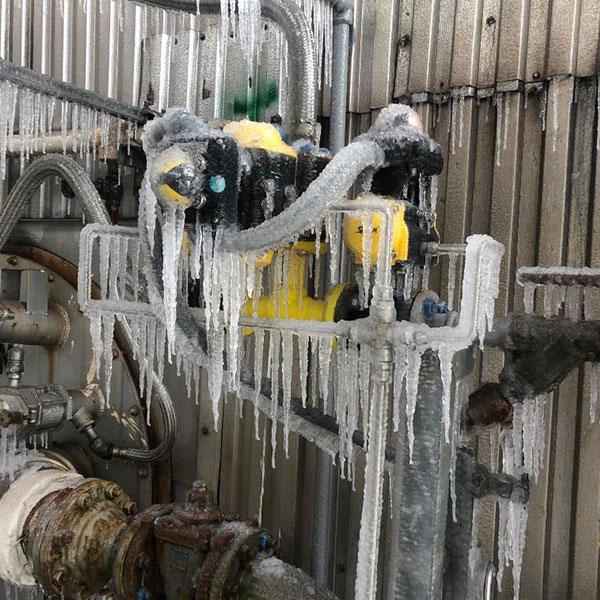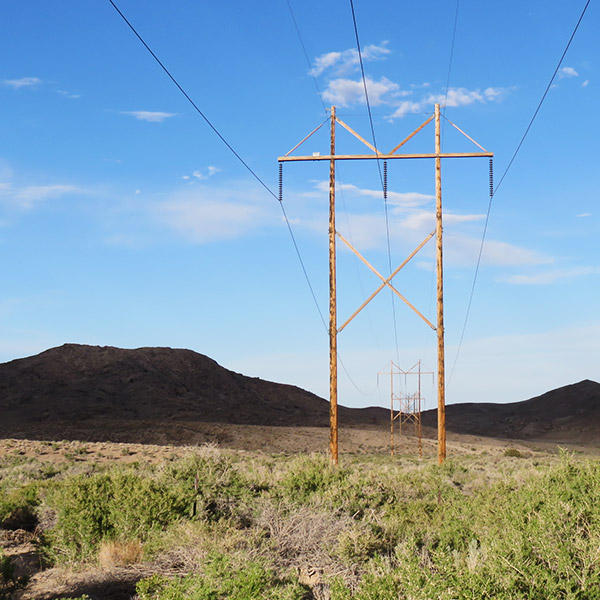Demand Response
California Gov. Gavin Newsom signed an emergency declaration aimed at keeping the lights on this summer by waiving clean-air rules and paying more for demand response.
A new pilot in Maine to install up to 15 MW of energy storage at critical care facilities will focus on sophisticated energy consumers, such as large hospitals.
NYISO proposed to exempt most new ICAP suppliers from buyer-side market power mitigation evaluation if they use solar, wind, storage or demand response.
MISO said it will probably use its existing affected system study as a model to study interconnecting DER aggregations under FERC Order 2222.
NYISO Updates Demand Side Resource Metering Requirements
A growing interest in grid flexibility looks beyond demand management to accommodate and balance distributed generation and loads.
MISO execs say long-term transmission and a capacity market redesign are a must in response to rising climate risks and fleet change.
FERC said it would reconsider Order 2222-A, continuing the debate over whether states should be able to prevent DR from participating in RTO/ISO markets.
Day two of FERC’s technical conference emphasized the need for more transmission to facilitate trading and properly compensating demand-side resources.
Nevada lawmakers passed a bill that would require transmission providers in the state to join a regional transmission organization by January 2030.
Want more? Advanced Search
